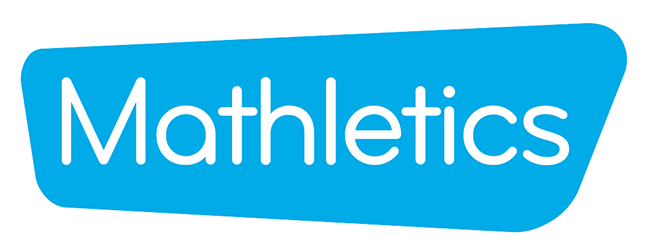Fun Facts About Geometry!
Geometry makes life better! Imagine what would the world be without shapes, measurements, angles, and sizes. Therefore, Geometry is not a subject to be afraid of, but instead, to be celebrated. The subject is also considered as one of the oldest branches of Mathematics discovered by the Greeks where the actual meaning when translated means ‘Earth Measurement’.
Here are some Fun Facts to delve deeper into Geometry that we would like to share. We are sure once students read through the Blog and figure out interesting phenomena, it will become easier for them to relate to Geometric concepts and start enjoying the subject.
The roots of Geometry were sown by Euclid, who was a great Mathematician and a teacher who earned the title of ‘Father of Geometry’. His works were discovered in 300 BC where he wrote theories and developed ‘Elements’ of his time. In total, he conceptualized 465 theorems and proofs with diagrammatic representations.
If you have ever had a close look at ancient Greek architecture, you would see the intricate Geometric illustrations on pillars that supported beautiful buildings, monuments, and places of worship. Thanks to Geometry, age-old architects learned the techniques of proper design and construction by including principles of ratio, proportion, grid formation, and symmetry.
Did you know Geometry is further subdivided into various branches? We hardly had anyone talk about it, but this is just some add-on information to expand your knowledge on the subject. The different categories thus include Euclidean Geometry, Projective, Differential, Topology, Analytic, and Non-Euclidean. We will not go into details of each of them, instead, leave it for another Blog to follow.
In today’s digital era, computer graphics is quite the point of discussion, as images are used on almost all platforms, and the quality is getting better & better, to make pictures look realistic. Action movies and illustrative novels require 2D and 3D images & videography, which is quite easily curated by the designer, applying the concepts of Geometry. Widely heard of, CAD which is the abbreviation for Computer-Aided Design, and CAM which is the short form for Computer Aided Manufacturing, brings about automation in computer processes and replicated the Engineering drawings into 3D and 2D works of models. Schools in Dubai and other Middle East regions start young and introduce Computer Graphic topics to students of higher grades. Subjects like Math are digitally integrated using platforms such as Mathletics, which is widely renowned in GCC and the UAE. Mathletics drives down difficult concepts by simplifying them and presenting them to students in an easy-to-memorize manner, through games and videos.
Geometric tools were invented by Egyptians and Mesopotamians in as early as 100 BCE which looked something like rulers and compass, when compared to today’s times. For every Geometry class, students are required to carry a ruler (measure the length of a line and distance between objects), protractor (to measure angles and has a reading of 0 to 180 degrees), divider (looks V in shape and is used to mark distance), set-square (is triangular with angles 54 degrees, 30 and 60 degrees and is used to draw perpendicular lines, parallel lines, and so on), and compass (just like the divider, the compass is V-shaped, but one of its ends allows you to insert a pencil into it so that students can draw shapes), without which it is impossible to follow the instructions of the teacher.
Therefore, if you go to see Geometry is more than just finding out what’s between point A and point B. It has a rich history to back its advantages and is hard to not ‘like’ the subject. Engineers, Architects, Mathematicians, Researchers, Archeologists, and even Interior Decorators, make use of Geometry in their everyday job. So, let’s be friends and make peace with this lovely subject.






Recent Comments